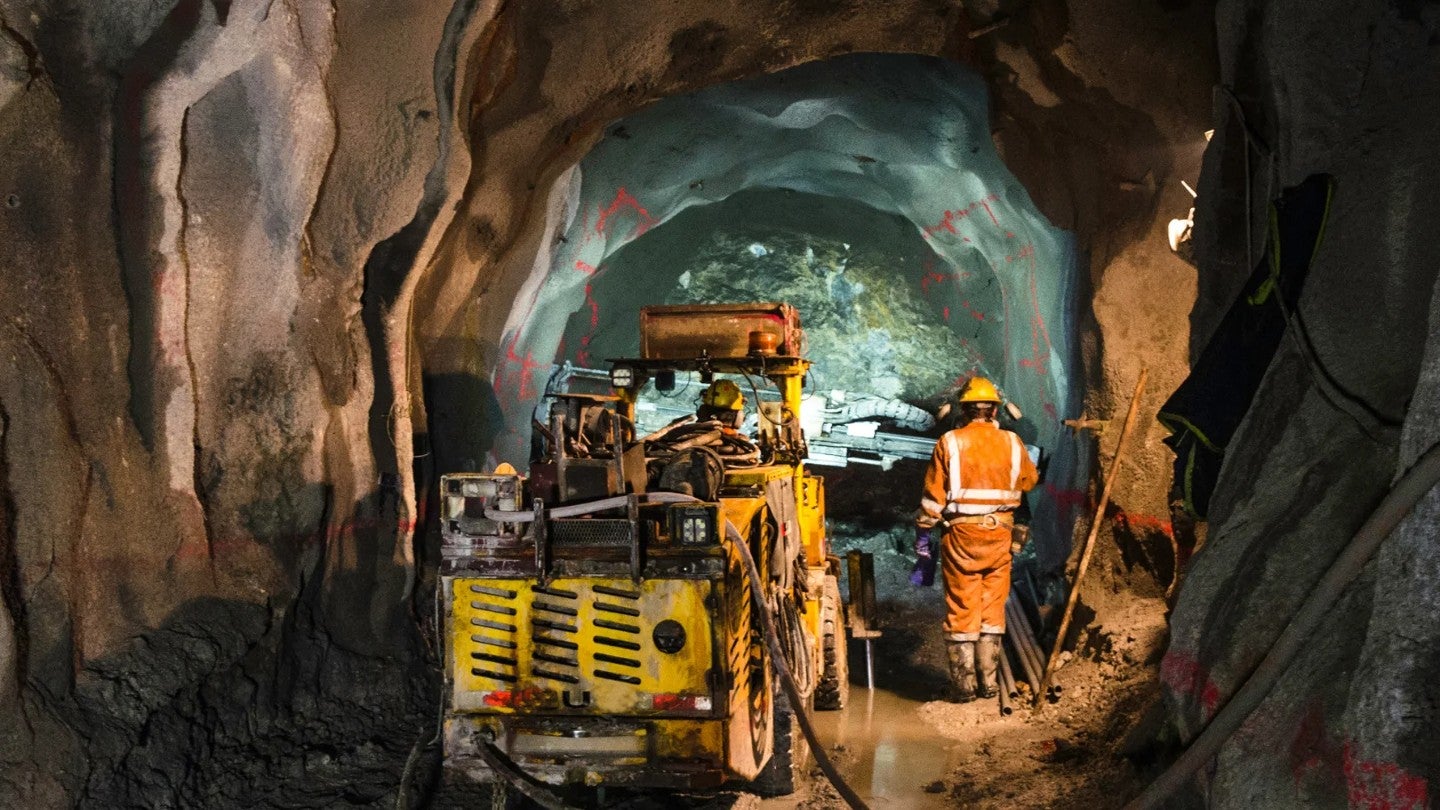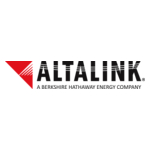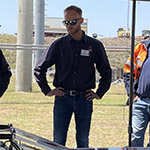
Chilean technology company Vigalab uses internet of things (IoT) technology to bring connectivity to fleets of industrial mining vehicles. In an industry dictated by efficiency and overshadowed by worker fatalities, Vigalab aims to address both sides of the coin.
Vigalab began with the San Jeronimo mine on Chile’s western coast. The startup now operates IoT technologies in mines across South America, Mexico, the US, Canada, and India.
Speaking to Mining Technology, Vigalab founder and CEO José Reyes explains how these technologies enhance traceability, productivity, and worker safety.
Mining Technology: Despite its name, IoT technology can function without an internet connection. How does Vigalab implement it in underground mines without connectivity or electricity?
José Reyes: That’s the main challenge with underground mines. In open pit mines, you always have connectivity – you will always see the stars. And if you see the stars, you see the satellites and you have internet access. In underground mines, you don’t have connection inside the mine, but you always have connection at the portal outside the mine. It’s also really expensive to install and maintain different kinds of connectivity such as fibre or Wi-Fi underground.
Access the most comprehensive Company Profiles on the market, powered by GlobalData. Save hours of research. Gain competitive edge.

Your download email will arrive shortly
We are confident about the unique quality of our Company Profiles. However, we want you to make the most beneficial decision for your business, so we offer a free sample that you can download by submitting the below form
By GlobalData
So, we decided to use the machines as a kinetic network inside the mine. We mount our systems and workers on every machine with sensors to monitor when the machine is on or off, when it is moving or idle and its location. Each of these machines has to go from inside to outside the mine to load materials or unload waste. Every time the dumpers or trucks exit the mine, they reconnect. We created our own protocols so that when the machines go outside, they automatically send this data to our database, and we can see what is happening inside the mine.
Mining is one the most dangerous industries in the world, with a huge number of deaths and injuries. How has Vigalab addressed industry safety through IoT?
There are a lot of companies that claim this, but I think we were the first company to monitor and connect machines and underground mines with no connectivity. We started in mining with a focus on health and safety.
In 2019, we developed the Co-Watch with Codelco, one of the biggest copper companies in the world. During the Covid-19 pandemic, the Co-Watch offered electronic traceability of workers without GPS – nothing invasive, only Bluetooth – to monitor how close workers were to each other. When one worker became sick, we could provide a complete diagram of this workers’ close contact. We connected more than 14,000 miners for Codelco, controlled 35 outbreaks, and it was a really successful project.
We then evolved the Co-Watch to the Mine-Watch. It uses a small card with our ‘Vibots’, our robots for monitoring, which we mount in strategic places in the mines or portals. Workers swipe the card we give them, offering us traceability of where they are, how many workers are inside the mine, how many are outside the mine, and how many are on each level. This is good for safety, because you can blast knowing that there is no-one inside the mine. Should an accident occur, you can see on our dashboard which workers you have to evacuate first.
Mine-Watch also tracks temperature and humidity within a mine, but we haven’t had a full use case for those parameters yet.
Do you think Latin American mining companies are prioritising worker safety sufficiently?
Yes, I think so. It depends on the size of the company, but big mining companies, in Chile at least, have a strong focus on safety. I know that, for example, Codelco had some miner casualties last year – this is public information – and after that I had contact from them about IoT solutions to monitor the location or health status of their workers. I think there is a focus on safety, but the mining industry is a dangerous industry.
Which regions have you identified as having high potential for growth in IoT mining? How about technology types?
We closed 2023 with a big expansion into the US and Canada, using Dumas as our distributor. The aim for 2024 is to expand into other continents, financed by a $200,000 grant we received from CORFO [an economic development agency in the Chilean government]. One of our main targets is Australia, as well as the Middle East and South Africa.
We are also aiming to work with AI soon to collect data that no-one has. We’re now extracting great data from underground mines that we haven’t seen before, and we want to use this data to help these mines to boost productivity. Through AI, we want to give recommendations to our clients about what they should be doing with their machines.
Sign up for our daily news round-up!
Give your business an edge with our leading industry insights.




